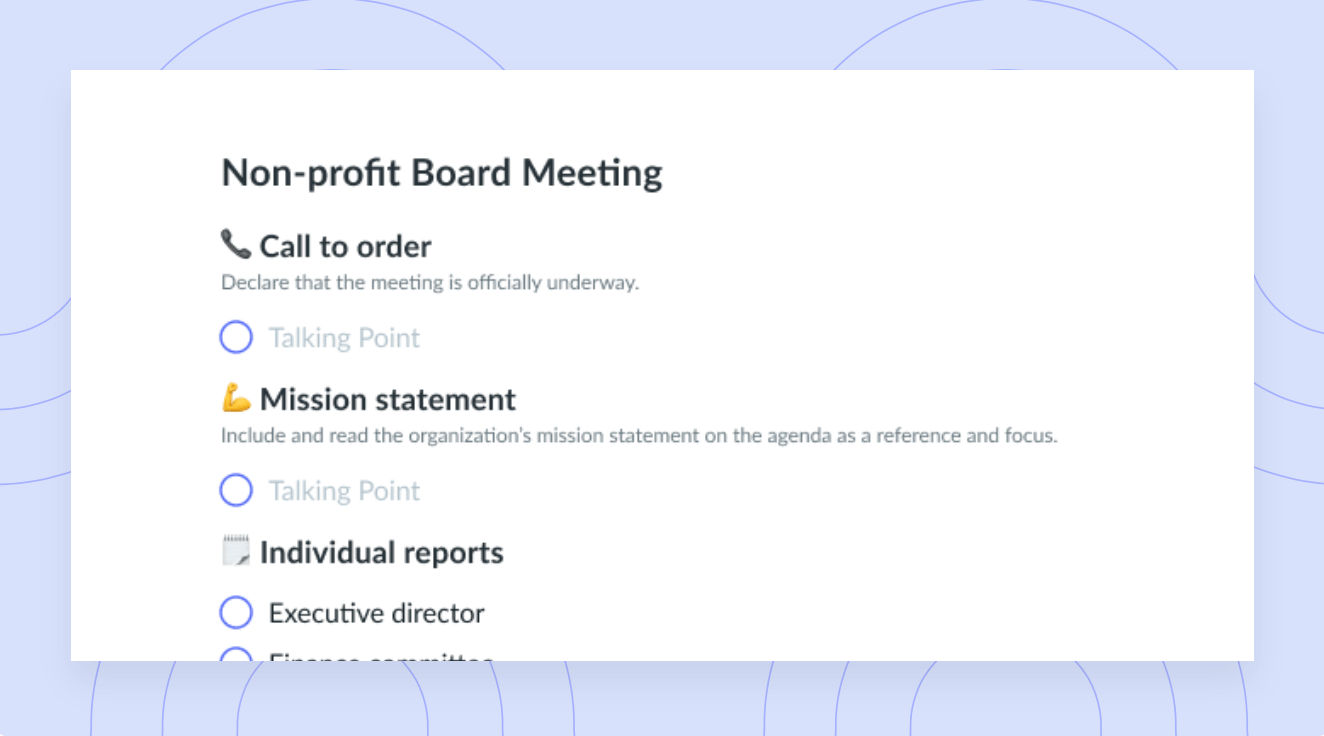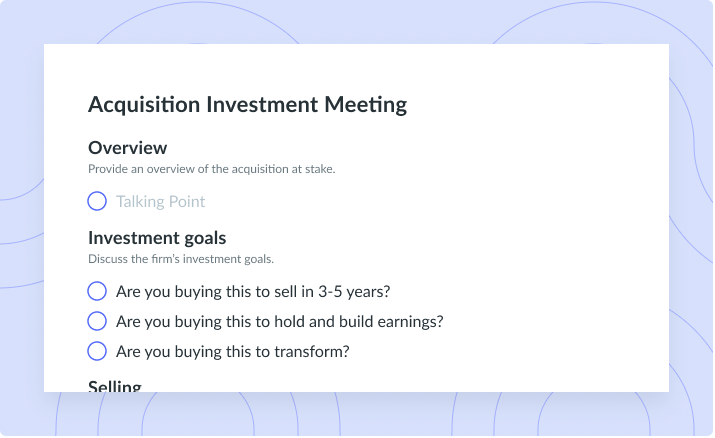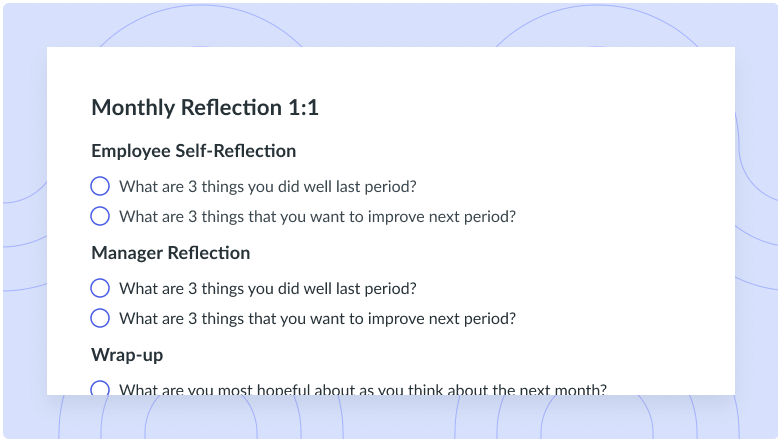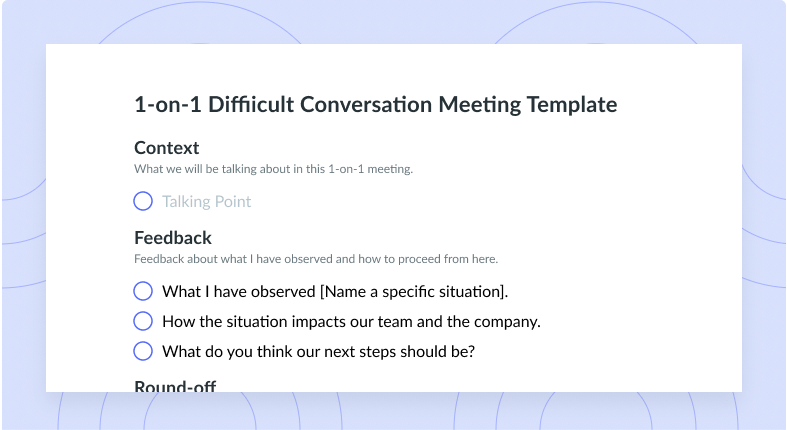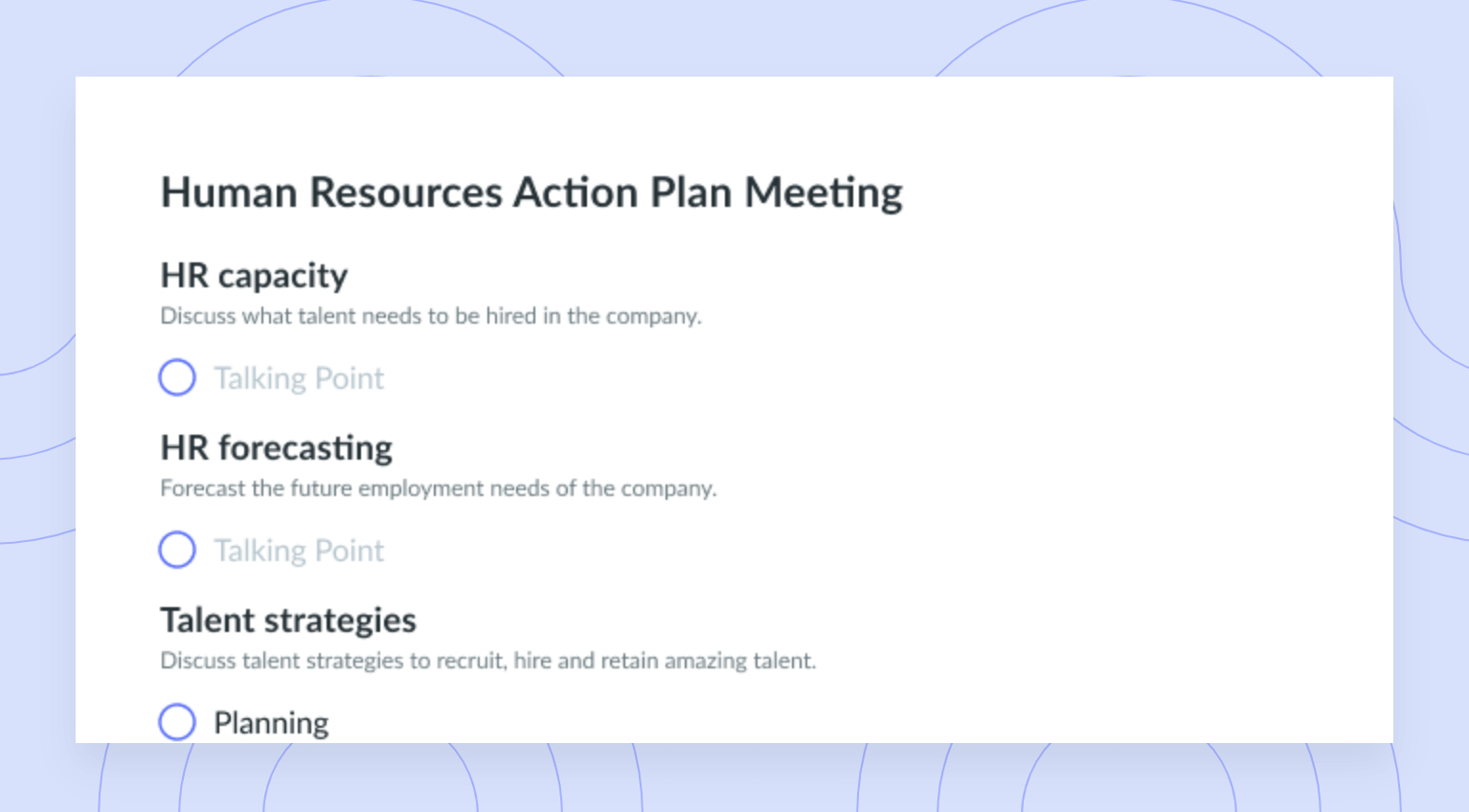Breaking the Bias: Coming Together to Forge Women’s Equality
It's time to take action to break the bias and come together to forge women's equality. See how our expert #ManagerChats panellists recommend doing so.
A study done by the International Labour Organization proved that when more women lead, business outcomes improve. Additionally, the Center for Creative Leadership outlined four benefits of women’s leadership:
- Higher job satisfaction
- More organizational dedication
- More meaningful work
- Less burnout
While many studies show the advantages of women’s leadership, women’s inequality in the workplace persists. This blog showcases the advice from our expert #ManagerChats panellists on how to break the bias and come together to forge women’s equality.
- Actions that need to be taken
- How to build women’s confidence from a young age
- The key factors that prevent women
- Ways you can showcase women leaders
Actions that need to be taken to achieve women’s equality in the workplace
1 Offer equal pay
“Money is power, and women need to have financial security,”
says Nicola Jones-Crossley, Senior Business Development Manager & Diversity, Equity and Inclusion Council Member at Futurpreneur.
According to the Canadian Women’s Foundation, “for full-time employees, there is a 16.1% difference between annual median earnings of women and men relative to the annual median earnings of men.” This pay gap gives women less power and less financial security than men, regardless of how much more women work. In fact, the study found that women would have to work 15.5 months to earn what men do in 12 months.
The study concludes that if current trends continue, it will take 267.6 years to close the economic gender gap worldwide. Thus, more actions to close the economic gender gap must be taken to achieve women’s equality in the workplace.
2 Acknowledge and address biases
Whether we want to admit it or not, we all have biases. Rather than trying to convince yourself that these biases don’t exist, the best thing you can do is acknowledge and address them. By acknowledging and addressing your biases, you’re making a conscious effort to do something about them rather than ignoring them and letting them affect your perceptions.
For example, if you acknowledge that your work is biased in hiring men over equally qualified women, address this bias by making an effort to hire more women and diversify your work. If you don’t have any hiring power, bring up the bias to those who do have hiring power or to your human resources department to help make the change.

Thoughtful conversations
Meet with your team on a one-on-one basis to build rapport, increase trust levels, and get an overall feel of how they’re doing. Share a collaborative agenda and engage in thoughtful conversations by using a tool like Fellow!

3 Support work-life balance for working moms
According to Ashleigh Kennedy, CEO of Neurovine, “You don’t have to choose kids or a career. Advocate for flexible work hours and get the support you need to keep you and your family healthy and happy.”
Working moms have to prove themselves to be taken seriously. They are assumed to be more distracted and to care less about their work because they have children at home. Offering a work-life balance to working moms is essential.
According to Stephanie Arbetter, Senior Manager of Social & Content Marketing at Marriott International, “All of our struggles are different, but having a manager who encourages work/life balance creates a culture of trust and respect.”
How to build women’s confidence from a young age
1 Encourage women’s leadership
“It starts early – it’s all about building confidence, fostering community, and creating the channels for folks to contribute at all ages,” says Anjum Sultana, Director of Youth Leadership & Policy Advocacy at Plan International Canada.
Encouraging women to be leaders from a young age will instill confidence in young girls. This means starting from the classroom by choosing girls to lead their teams in gym class or for group projects, for example. While this might seem like a small action, it helps build up girls’ confidence in leadership.
2 Give women space to lead their own way
According to Jones-Crossley, “women will be confident when they are given room to be. This means trusting women and giving them space to lead in their own way.”
Self-doubt often stems from a lack of confidence. Giving women space to lead in their own way helps women avoid self-doubting. Rather than feeling pressured to lead the way someone else wants them to, women should feel confident leading their own way. This self-doubt is important to address from a young age by giving young girls space to move forward in their own way, for example, in school.
3 Celebrate women’s wins
Sultana outlines the importance of celebrating women’s wins: “Showcasing all the incredible leaders in your organization! Spotlighting their contributions and pushing their thought leadership within the [organization] and beyond.”
Celebrating women’s wins is essential to building confidence from a young age because it shows young girls what they too can achieve. Celebrating women’s wins also contributes to the representation of women in the workforce, which will further encourage young girls and other women.
“The more we can share stories of women’s successes in science, leadership, government, technology, business and all sectors – the better.”
Kari Clarke-Zemnickis, Director of Marketing and Communications and Vector Institute.
The key factors that prevent women from reaching higher leadership positions
1 Lack of representation
The leaky pipeline (when the representation of women decreases as the level of management increases) persists with high numbers of women employed and moving into junior and middle management but not progressing to higher levels in critical mass.
According to Sultana, you can’t know what is possible if you don’t see yourself represented. So, we need to employ women in high-level jobs to show other women that they can reach these higher leadership positions, too.
2 Keeping old ways of thinking
As brought forth by Clarke-Zemnickis, the old (and extremely incorrect) way of thinking that women are less qualified than men for leadership roles contributes to the prevention of women reaching higher leadership positions.
“I believe a lot of progress has happened to get women into leadership roles in the last 5 years, and studies are showing women are performing better in multiple aspects of leadership but there is still a bias that women are less qualified for [leadership] roles”
3 Absence of resources
Research from the Center for Creative Leadership found that “leadership opportunities for men often come with more resources (funding, supervisor support, team size) compared to women’s leadership opportunities.”
The Center for Creative Leadership also outlined that some key resources women need to be offered in the workplace are more sponsoring and mentoring for women. It’s also essential that these sponsors and mentors are women to show representation and help women leaders gain the perspectives and connections they need to help them advance their careers.
Ways you can showcase women leaders to increase representation
1 Include women in panels
Research shows that when asked to “draw a leader,” most people will draw a man. This is partially due to the lack of representation of women in public events. Jones-Crossley says it’s important to ask women to speak in panels so they can share their ideas and shine a light on their experiences. Having women participate in panels also helps other women overcome their fears of public speaking or imposter syndrome and encourages more women representation.
2 Amplify women’s thoughts
According to Ria Riaz, Founder of Community Builders, “women are confident from a young age, but we box them into roles and that has far-reaching consequences into the future. Instead of being critical of their abilities, we can encourage and be supportive.”
We can encourage and support women’s abilities by amplifying their thoughts. For example, give women a seat at the table to share their perspectives. Additionally, make sure that women get the credit for their ideas rather than passing the credit to a man. By amplifying women’s thoughts, you showcase women leaders and therefore increase representation.
3 Put women in decision-making positions
Putting women in decision-making positions gives them the power to share their perspectives. Additionally, “More women leaders will also influence the high-level decision-making that will pave the way toward gender equality,” says the Canadian Women’s Foundation.
Thus, putting women in decision-making roles is essential for diversifying perspectives, ensuring proper representation, and showing young girls what is possible! Quoting Elizabeth Marvel, “if you can see it, you can be it.”
Parting advice
Some final wise words from Kennedy: “A diverse organization is non-negotiable. Diverse teams are 35% more likely to outperform their competitors (McKinsey), they are 70% more likely to capture new markets (HBR), and 87% better at making decisions (People Management). It’s a no-brainer.”
We need to come together to break the bias and forge women’s equality, and following the advice from our expert panellists is a great place to start!












